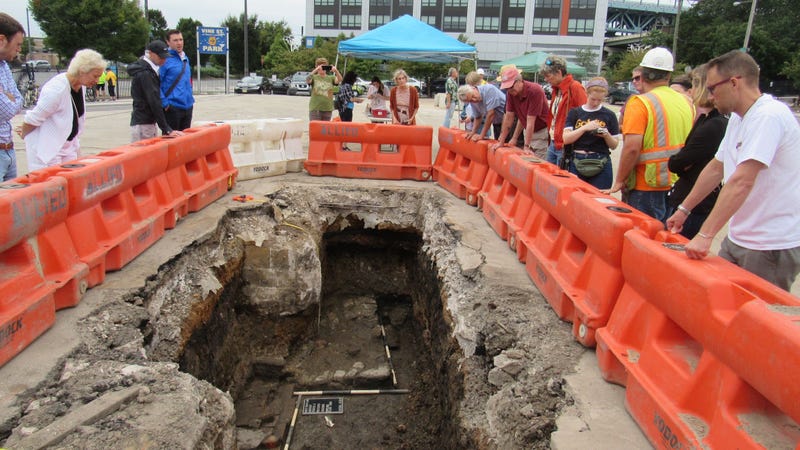
PHILADELPHIA (KYW Newsradio) — A new Delaware River waterfront development project has been announced, and part of the plan includes an archaeological dig aimed at preserving centuries-old artifacts that give insight to Philadelphia's port industry days.
The construction project could begin next year between Vine and Callowhill streets. It would preserve about a third of the land for public space.
Durst Organization spokesperson Anthony Campisi said there will be a walkway connecting the waterfront to Center City.
"What used to be a parking lot is going to become a 26-story apartment building with ground floor retail," Campisi described.
"More than a third of the space is going to be preserved as a public park. There's going to be a public trail that connects the waterfront."
But before they can start construction, there will be an archaeological dig.
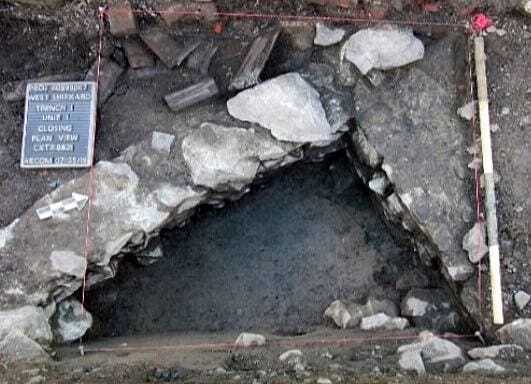
Project archaeologist Doug Mooney explained that the site possibly contains the last remaining evidence associated with Philadelphia's original port and riverfront. A previous dig there in 1987 revealed that evidence.
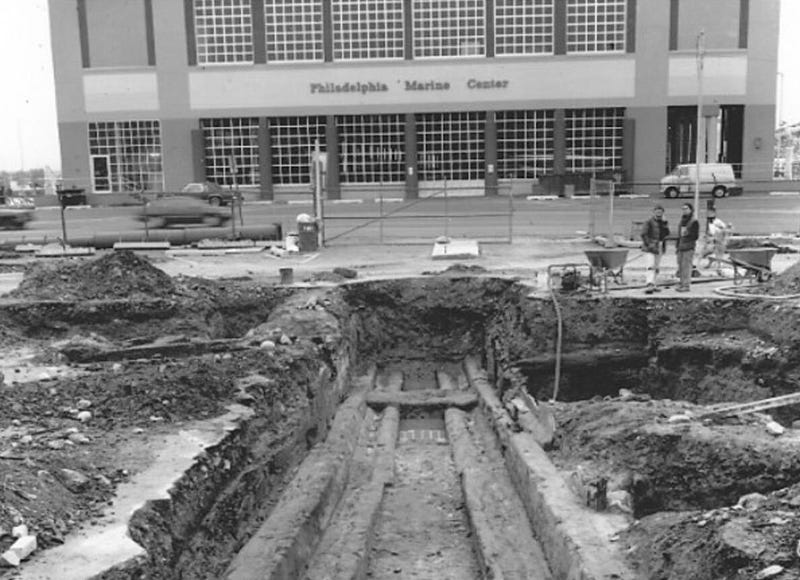
"The most exciting thing that they found was a late 18th-century slipway or ship way," Mooney said. He revealed that some of the old docks and piers there date back to the late 17th century.
"This is the wooden ramp where boats were hauled up onto land so that they could be either built or repaired, and then they would be launched back down this ramp into the river."
He said it has been preserved in water-logged soil.
"That often creates an anaerobic environment, so a low-oxygen environment," Mooney added.
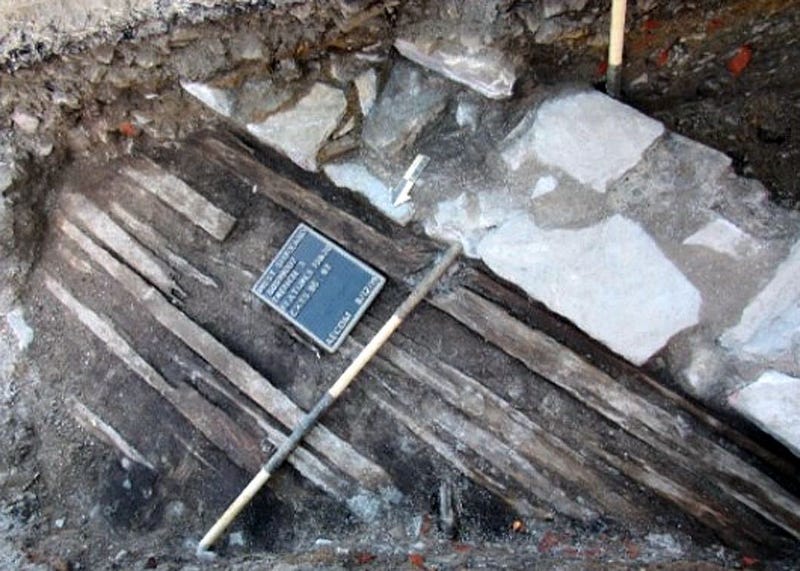
According to Mooney, Philadelphia ports were actually built along the south end of the city, but were destroyed when I-95 was built.
The new dig will be done in stages to account for the water which will need to be held back. He said the public will be able to see it once the excavations are open.
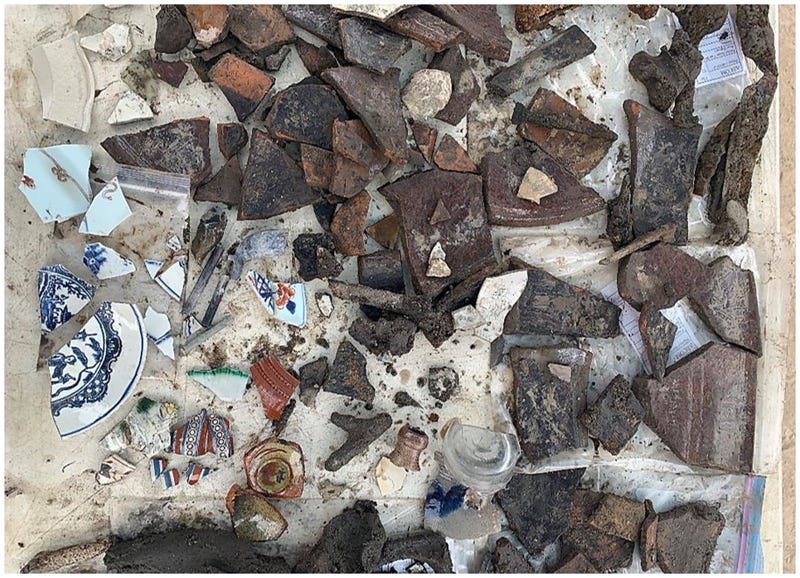
Only after the archaeology is complete will they be able to begin construction, according to Campisi.
"I think we'd hope to start construction next year and figure that construction takes about three or so years, but we're still coming up with a final timeline," he explained.
"We're also going to have an archaeologist on site throughout construction, just in case something crops up unexpectedly."
